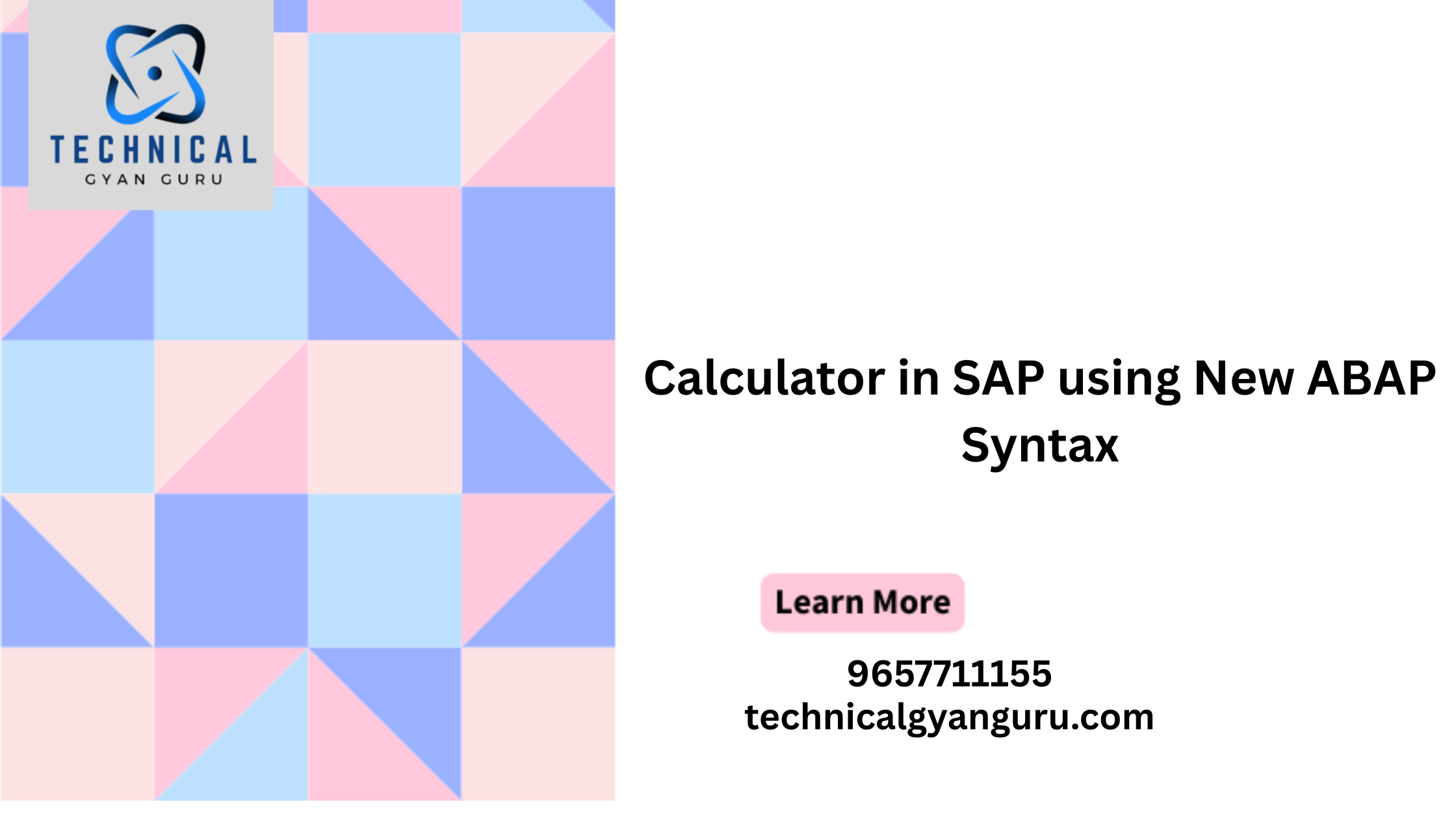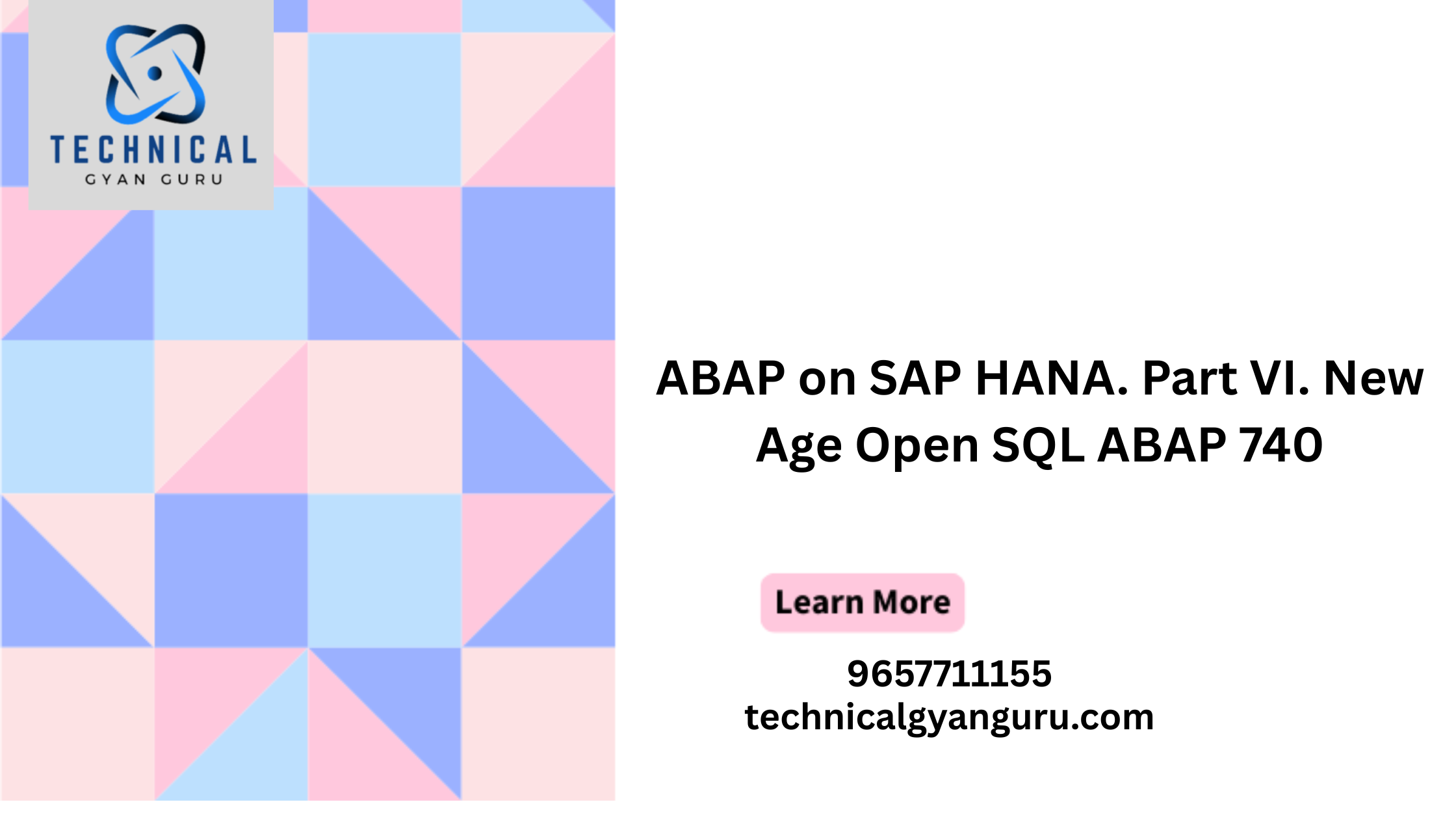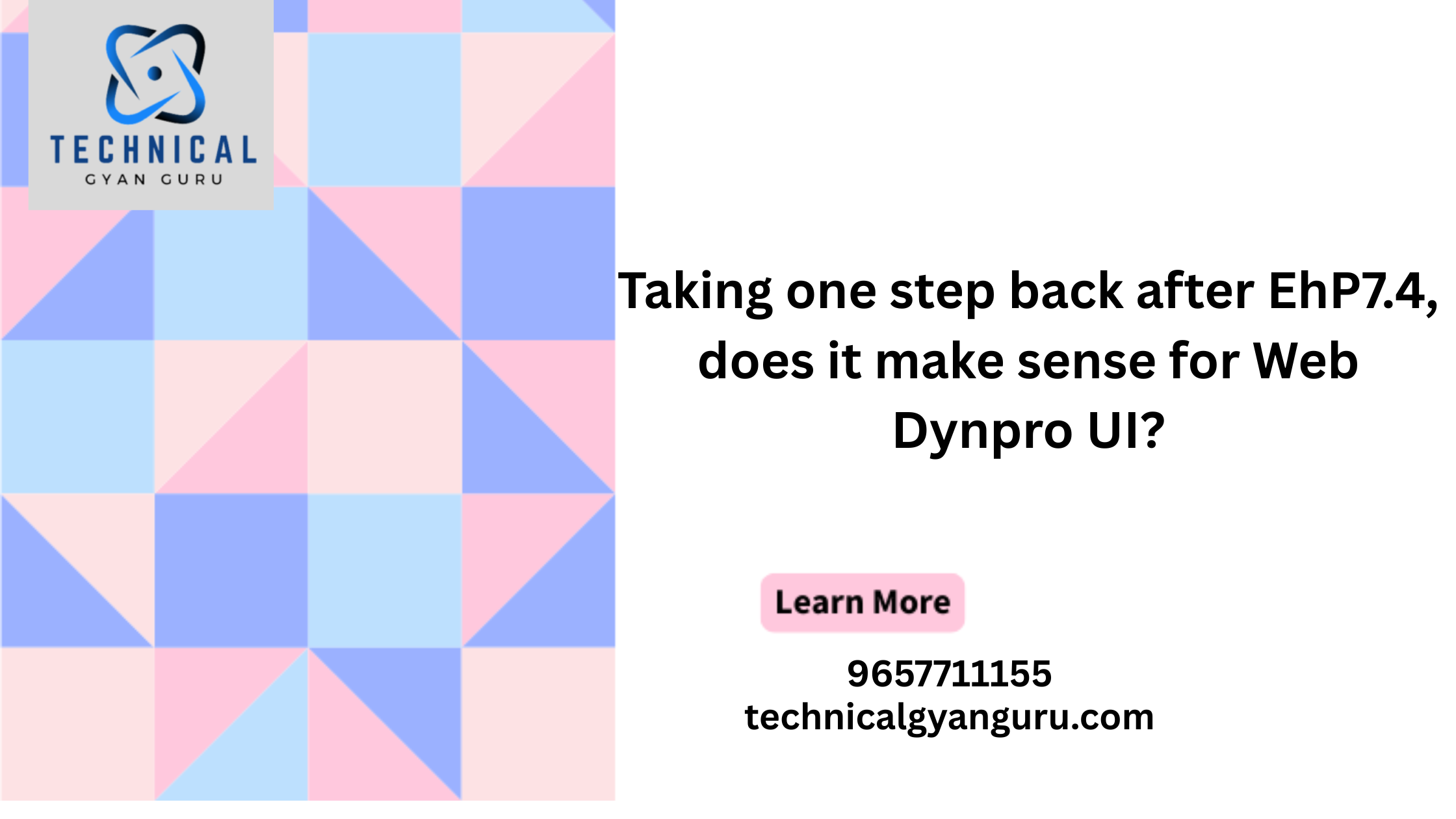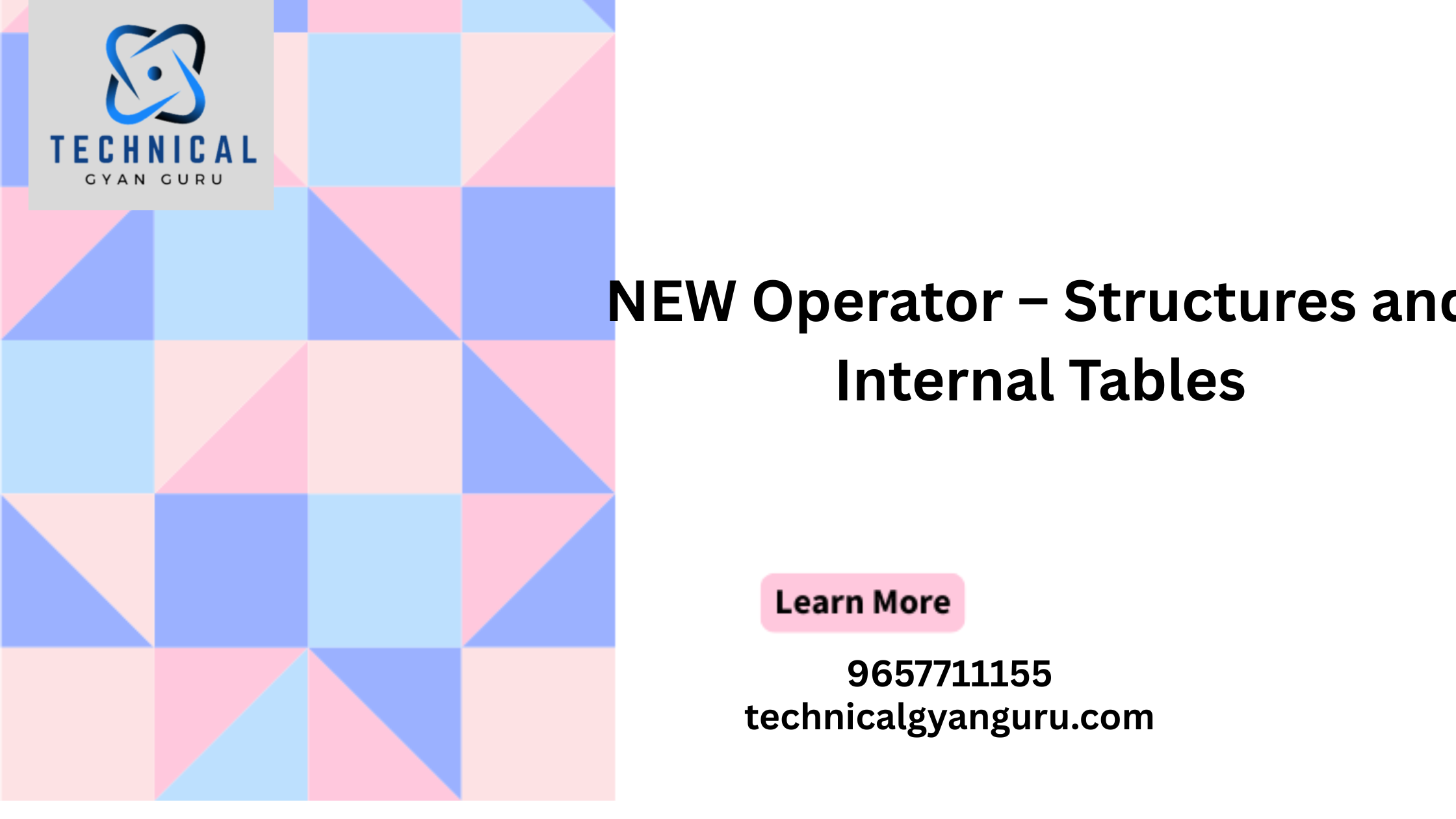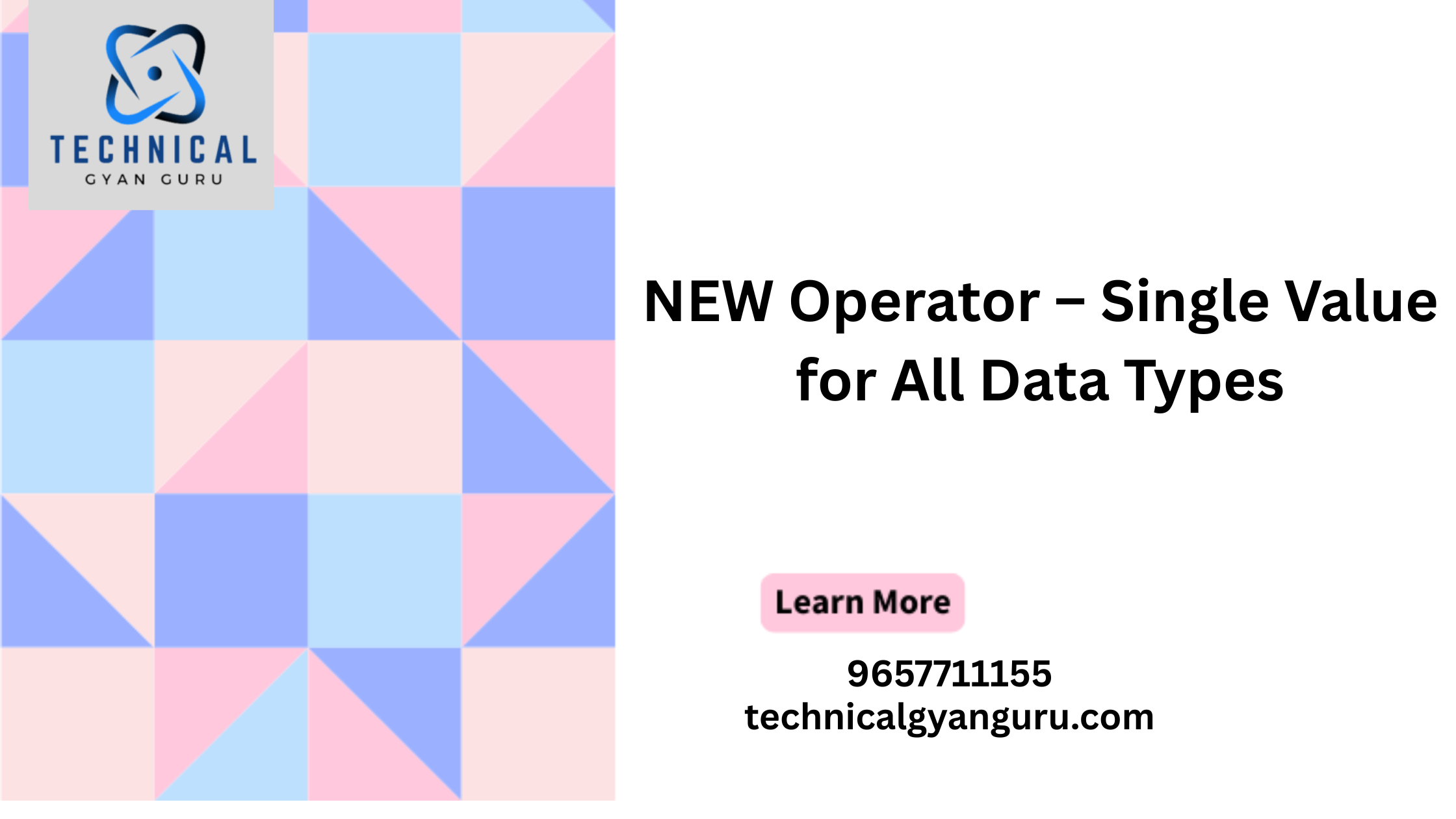Generative AI: the landscape of generative AI adoption in the U.S., UK, European, and Nordic companies has been unveiled. The findings shed light on the changes these companies face, future scenarios, challenges, and success factors for the coming decades.
Harnessing the power of generative AI
The potential is immense for those who can harness Gen AI capabilities. It offers the opportunity to optimize various processes, from sales, marketing, and code generation to daily support tasks, positively impacting user experience and streamlining costs. Imagine providing bank advisors with comprehensive customer insights when interacting with clients or creating an online talking script for an internal customer supporter during incoming requests from end-consumers. The use cases are extensive and require careful evaluation to maximize their value creation for businesses.
Decoding generative AI
Unlike traditional AI, which operates based on predefined rules and patterns, generative AI goes beyond limitations by actively generating entirely new data that emulates human-generated content. This feature enables the creation of digital “co-workers” that accelerate content generation for newsletters, marketing campaigns, emails, music, images, and even code generation for application development. As technology proliferates in the workplace, we observe a shift in job roles from content creation to content editing.
Unlocking success through data strategy and technical debt
Organizations must prioritize their data strategy and address technical debt to leverage the power of generative AI. Without data, generative AI holds no value. A comprehensive data strategy should encompass all data types (structured, semi-structured, and unstructured), quality, and availability. Recognizing that approximately 80% of the data landscape consists of unstructured data scattered across the organization, efforts should focus on breaking down data silos through the adoption of a data-fabric or data-mesh architecture. Combining this with the right data lakehouse or platform will enable machine learning, business intelligence, and predictive analytics.
Critical challenges across regions
The United States emerges as a frontrunner in choosing the right use cases and finding talent for scaling generative AI. Meanwhile, the UK and European countries are grappling with data quality and availability challenges. In the Nordic region, the predominant focus is addressing technical infrastructure debt and determining secure environments for running generative workloads.
Navigating data security concerns in the Nordics
In the realm of generative AI, large language models (LLMs) are employed, requiring access to vast amounts of internet data to generate human-like responses. While privacy concerns may be less pronounced in private settings, Nordic companies express valid security concerns. Hosting LLMs on public cloud platforms raises the possibility of unauthorized access to sensitive data, posing potential threats. Moreover, organizations hesitate to store sensitive data online due to increased cybersecurity risks. However, companies can adopt various approaches to leverage the benefits of generative AI while safeguarding data security.
One approach is to bring the language models in-house instead of relying on open-source models in the public cloud, thereby reducing the risk of data leaks. By adopting popular Large Language Models (LLMs) and using quality preselected datasets, companies can ensure the delivery of a trusted service without compromising data security.
Avoiding AI hallucination
A common question arises regarding how to prevent AI hallucinations. General AI models, with their LLMs, may generate answers that sound factual but are unreliable due to training data sourced from the internet. Training these models is costly, making using quality preselected datasets for specific, internally trusted services essential. This ensures that LLMs remain unaware of information beyond their training.
Scaling and talent acquisition
The adoption of generative AI occurs at varying speeds across regions. While the United States is advancing beyond optimization and excelling in revenue development, the Nordic countries are still focusing on optimization while grappling with technology infrastructure challenges. The critical success factors for the United States lie in access to skilled talent. At the same time, the Nordic region relies on visionary leadership for progress.
As Nordic companies scale their generative AI initiatives, the demand for knowledge and expertise in this field grows, creating a challenge for the industry. Building an ecosystem of partners becomes crucial to facilitating the widespread deployment of generative AI.
Embracing the future of generative AI
Generative AI holds immense potential for organizations willing to harness its capabilities. Companies have achieved significant benefits from Gen AI adoption by prioritizing data strategy, overcoming technical debt, and addressing regional challenges. As the adoption of generative AI continues to evolve, collaboration and talent acquisition will play pivotal roles in driving its success.
Conclusion
We are facing a new opportunity that calls upon the need for a balanced approach that considers not only the technological aspects but also the human and procedural aspects. Organizations that effectively align and optimize people, processes, and technology are better positioned for success and adaptability in a dynamic business environment.
People bring their unique skills, knowledge, and creativity to the table. They are the ones who can think critically, solve problems, and come up with new ideas. With generative AI, people can leverage Gen AI capabilities to augment their abilities. Generative AI can assist in generating ideas, creating content, and automating repetitive processes.
Process refers to the organized and systematic approach to getting work done. It involves defining clear workflows, establishing best practices, and continuously improving efficiency. Generative AI can enhance processes by analyzing large amounts of data, identifying patterns, and making predictions. This can help streamline operations, optimize resource allocation, and improve decision-making.
Technology provides the tools and infrastructure to support people and processes. Technology enables organizations to automate tasks, collect and analyze data, and communicate effectively, from advanced software applications to cutting-edge hardware. Generative AI is a technology that uses machine learning algorithms to generate new content, such as text, images, and music. It can help organizations create personalized experiences, automate customer interactions, and innovate in various domains.
When people, processes, technology, and generative AI are combined, organizations can achieve remarkable results. However, it is important to approach the use of generative AI ethically and responsibly, ensuring that it aligns with organizational values and respects privacy and security considerations.
To ensure you reap the maximum benefits of Gen AI, a strategic approach and an ecosystem of partners are necessary to jumpstart the adoption process. This helps capitalize on collaboration and add skilled resources to more effectively navigate the business and data landscape complexities. This enables organizations to start quickly and stay agile, innovative, and competitive in a rapidly evolving market.
However, we see a market that moves at various paces, as highlighted by the survey. We have developed a generative AI platform (Canvas.ai) for those figuring out use cases. Use cases can involve productivity improvement, such as code generation for application modernization or exploring content-driven use cases in various scenarios, addressing concerns related to confidential data and GDPR, as mentioned earlier.
A use case can be made tangible by delivering an application powered by generative AI to solve a predefined business challenge. We accomplish this through Canvas.ai, which guides customers in creating navigator apps. This method involves selecting the appropriate data sets and training the model before releasing the app.


